Enhancing Infrastructure Durability with the Geocell Soil Stabilizer: Case Studies from the Field
The geocell soil stabilizer is revolutionizing the geosynthetics industry by offering reliable and cost-effective.
Tel: +86-411-39569550 | E-mail: info@geofantex.com/geofantex@gmail.com
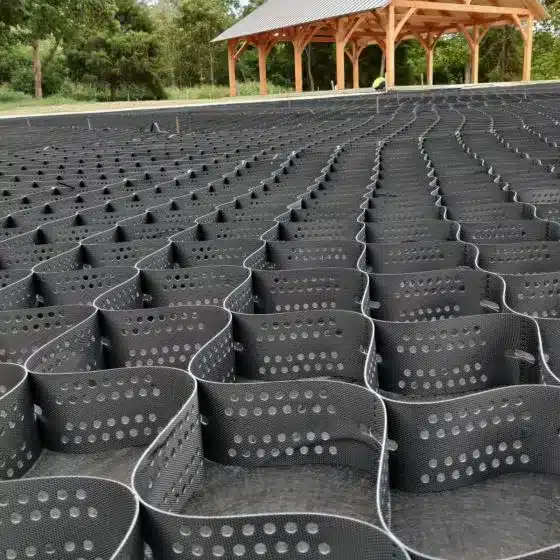
The geocell soil stabilizer is revolutionizing the geosynthetics industry by offering reliable and cost-effective.

How thick is a geonet?, they are considering factors such as load-bearing capacity, drainage efficiency, and environmental conditions.

Geocell technology has revolutionized the geosynthetics industry, providing innovative solutions for soil stabilization and erosion control.

Geocell technology has revolutionized the geosynthetics industry, providing innovative solutions for soil stabilization and erosion control.
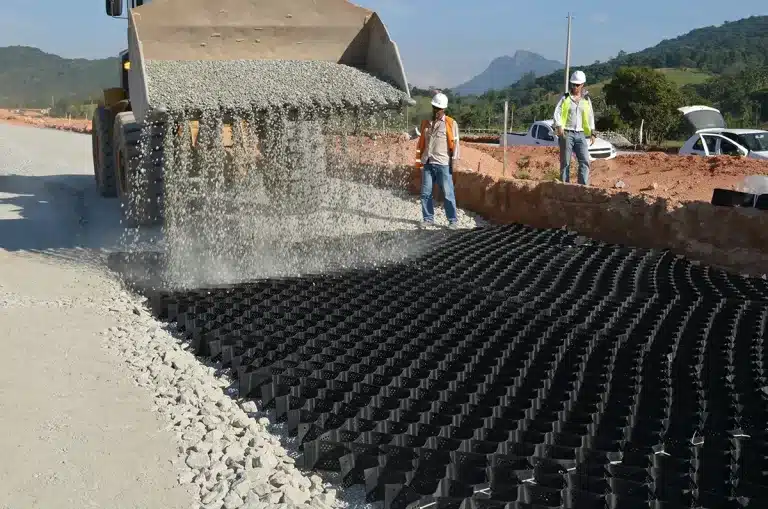
In the world of civil engineering and geotechnical applications, geocells and geogrids play crucial roles in soil stabilization, erosion control, and load distribution. The geocell is a deep, three-dimensional mesh structure, while the geogrid is typically two-dimensional, reflecting their distinct functions. Although both are geosynthetic materials designed to reinforce and stabilize soils, they function differently and are suited to different applications. This article explores the key differences between geocells and geogrids, how they work, and when to use each for optimal results.
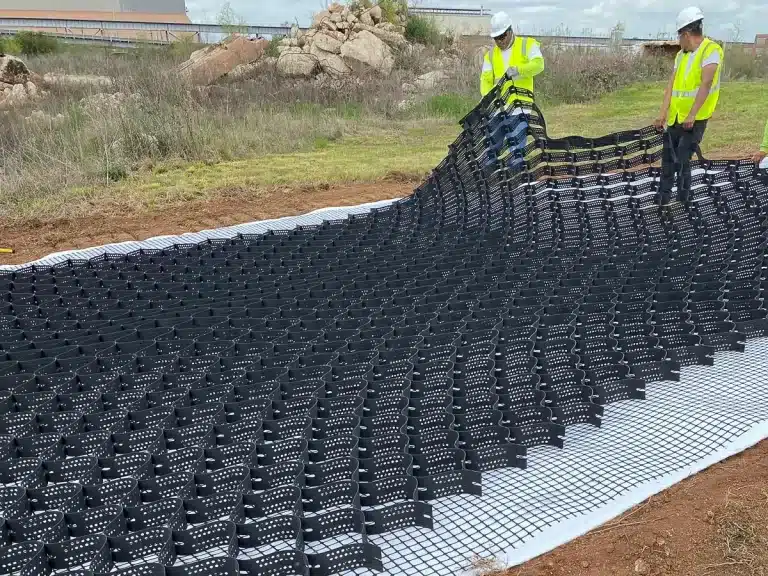
Geocells are a type of geosynthetic material widely used in construction and civil engineering projects. They consist of a honeycomb-like structure made from polymer strips that are joined together to form flexible, three-dimensional cells. These cells can be filled with soil, gravel, or other materials to create a stable and reinforced structure. The versatility of geocells makes them an essential tool in various applications, particularly to protect slopes from erosion and help stabilize the surface, as well as in erosion control, slope stabilization, and load support. This article explores the uses, benefits, and characteristics of geocells, as well as how they compare to other geosynthetic materials like geogrids.
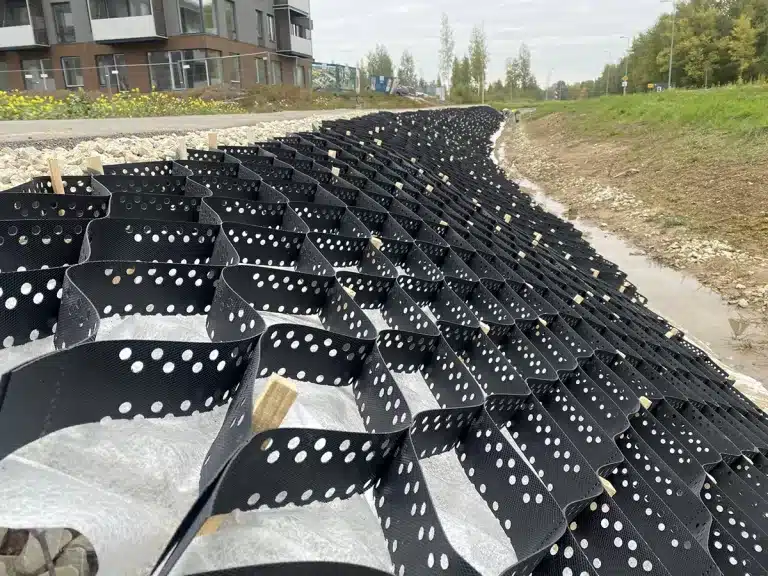
In recent years, the construction and civil engineering industries have increasingly turned to innovative solutions to address complex challenges in soil stabilization and reinforcement. Among these, geocell technology has emerged as a key player, offering versatile, durable, and environmentally friendly solutions. This article delves into the essence of geocell soil stabilization, exploring its purpose, mechanisms, and applications, particularly in slope stabilization and soil reinforcement, to provide a comprehensive understanding of this cutting-edge technology.
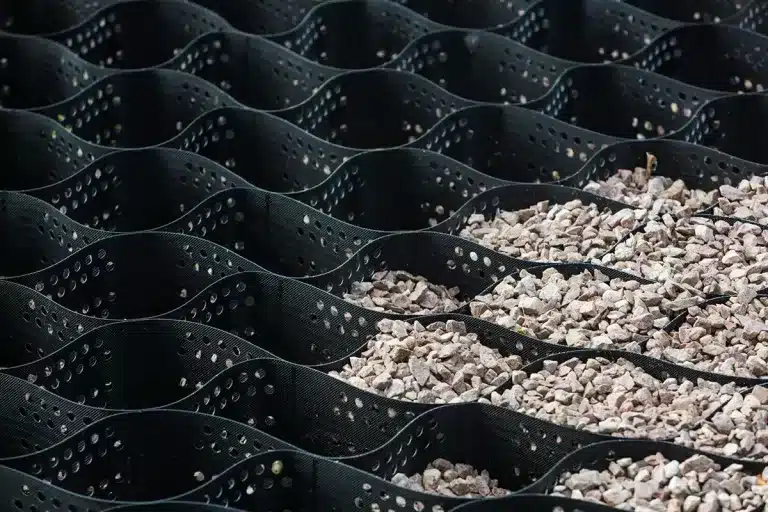
Among these advancements, geocell technology has emerged as a groundbreaking solution, particularly in the realm of railway construction.
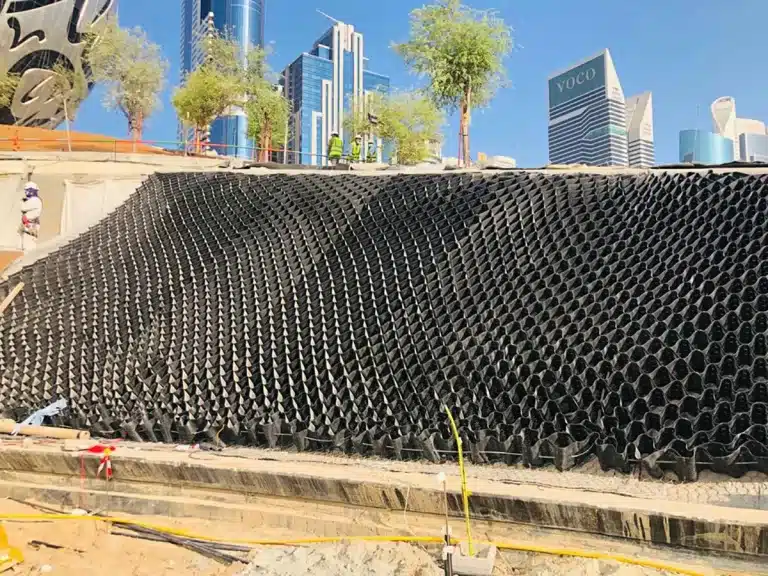
The integration of vegetation with advanced geocell technology marks a significant leap forward in sustainable landscape engineering. Vegetated geocells are not just a solution to soil erosion and instability; they are a testament to the harmonious balance we can achieve between construction and nature. This article explores the innovative world of vegetated geocells, shedding light on their material composition, purpose, benefits, and their pivotal role in promoting environmental sustainability.
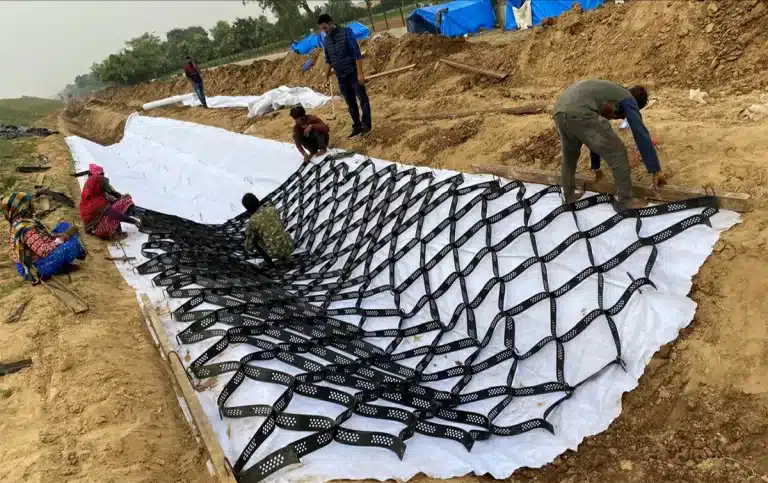
In the quest for sustainable and durable construction and landscaping solutions, the debate between using geocell and hard plastic materials has become increasingly relevant. Both materials offer unique benefits for soil stabilization and reinforcement, but understanding their differences, applications, and properties is crucial for making informed decisions. This article delves into the core of geocell and hard plastic, exploring their definitions, differences, properties, and uses to shed light on which material might be the best fit for specific projects.
End of content
End of content
WhatsApp us